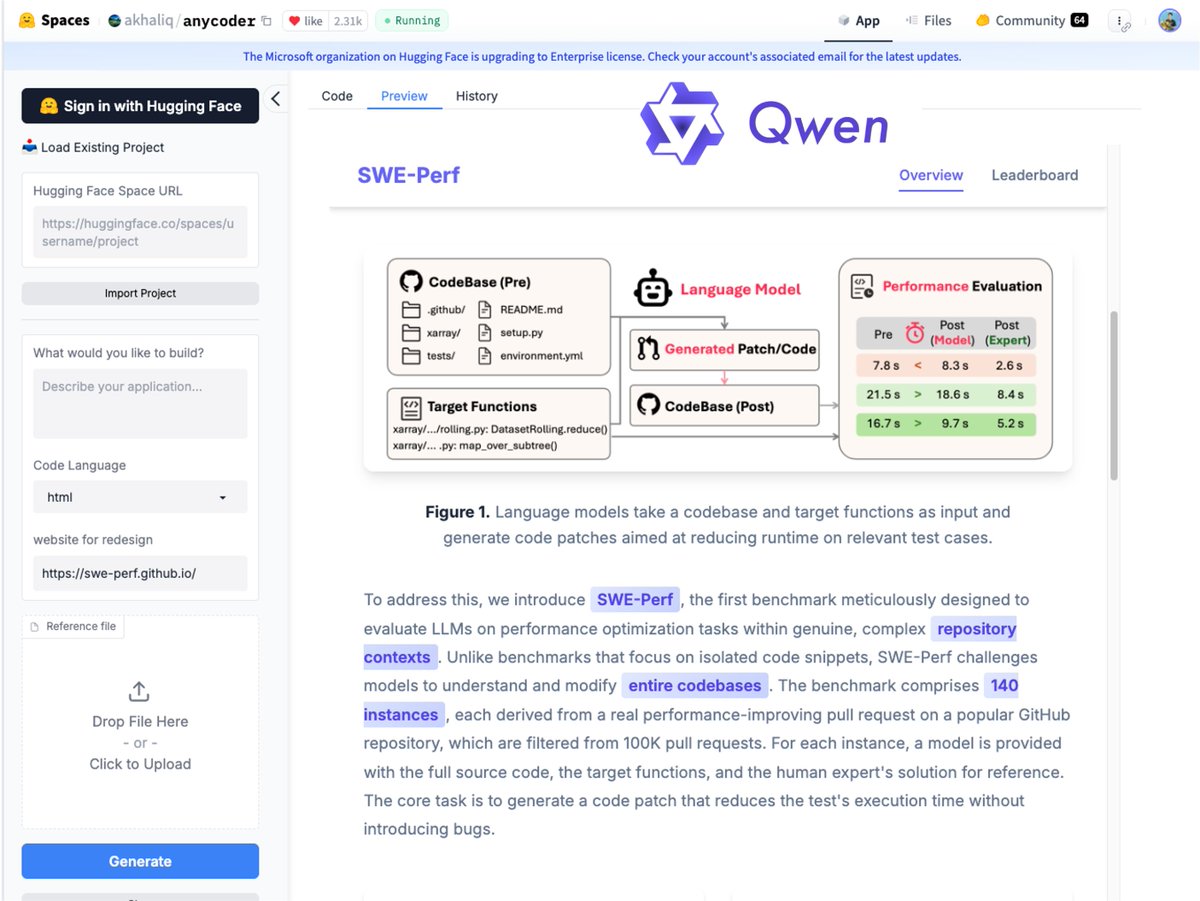
Lin Zheng
@linzhengisme
Ph.D. student @ HKU
ID: 1311227528963477504
https://lzhengisme.github.io/ 30-09-2020 08:53:16
100 Tweet
334 Followers
339 Following







Dimitri von Rütte Thanks for highlighting this! Very clever approach, and the blog post is great! hkunlp.github.io/blog/2025/drea…




















![Xinyuan Wang (@xywang626) on Twitter photo We are super excited to release OpenCUA — the first from 0 to 1 computer-use agent foundation model framework and open-source SOTA model OpenCUA-32B, matching top proprietary models on OSWorld-Verified, with full infrastructure and data.
🔗 [Paper] arxiv.org/abs/2508.09123
📌 We are super excited to release OpenCUA — the first from 0 to 1 computer-use agent foundation model framework and open-source SOTA model OpenCUA-32B, matching top proprietary models on OSWorld-Verified, with full infrastructure and data.
🔗 [Paper] arxiv.org/abs/2508.09123
📌](https://pbs.twimg.com/media/GyZzJc4bEAATQap.jpg)
